Face time
In the world of Skype, instant messages and tweets, face-to-face interaction is still the best route to discovery, according to an intriguing study published in December.
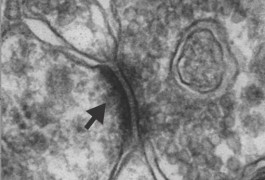
Researchers have created a mouse carrying a deletion in SHANK3, an autism candidate gene, they reported yesterday in Nature. This is the second model of SHANK3 mutations but shows markedly more behavioral and brain defects compared with the first.
Researchers are exploring the possibility that gastrointestinal bacteria may influence brain development and play a role in autism.

Infection with swine flu in early pregnancy causes inflammation in the placenta, and raises the risk of schizophrenia and autism in the offspring, according to a study published in January in Neuropharmacology.
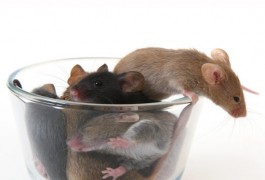
A genetic database of autism genes, called Autism Database, or AutDB, details curated information for more than 200 mouse models of autism, according to a report in the January BMC Genomics.
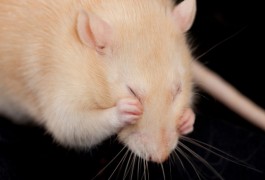
Mice that lack the gene for integrin β3, or ITGB3 — which regulates the levels of serotonin in the blood — groom themselves frequently and show less interest in stranger mice compared with controls, according to a study published in February in Autism Research as part of a special issue on mouse models in autism.
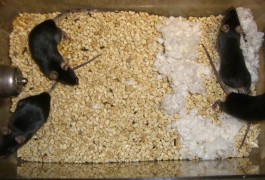
Six strains of mice lacking a gene associated with fragile X syndrome show radically different behaviors though they share the same mutation, researchers reported in January in Autism Research.

A partial mutation that leads to a milder form of fragile X syndrome causes deficits in learning and memory in mice, and alters the connections between their neurons, according to a study published in January in Neurobiology of Disease.

The National Institutes of Health is adding a new $1 billion institute for early-stage drug development. But the agency’s plan to fund it by closing the National Center for Research Resources is causing some consternation.
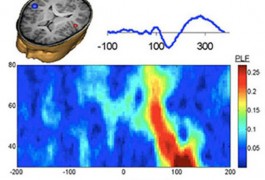
Mice exposed to an epilepsy drug show several features of autism, including abnormal social interactions, repetitive behaviors and patterns of super-fast brain waves, called gamma oscillations, according to a study published 15 December in Biological Psychiatry.